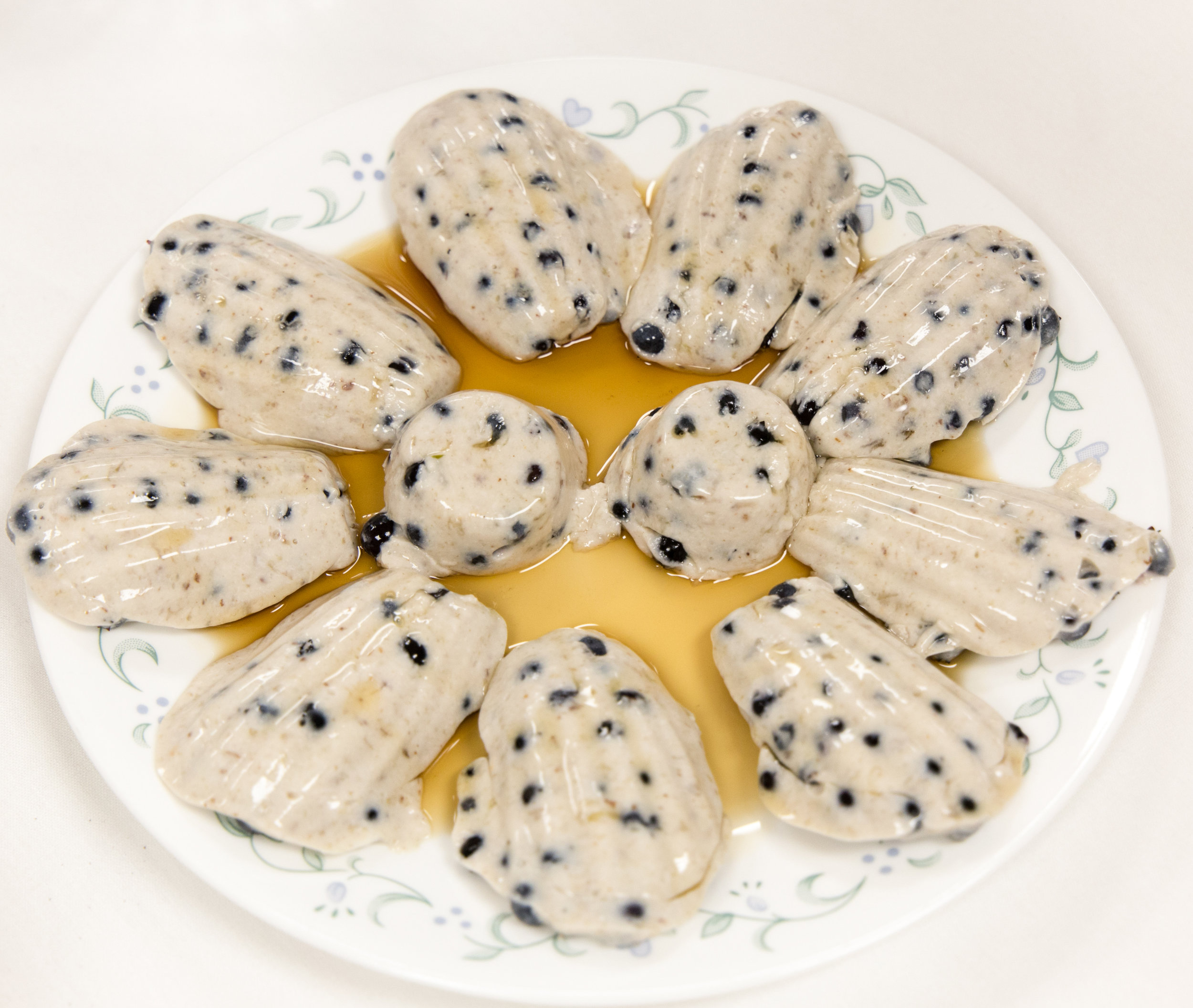Irish sea moss (chondrus crispus)
Irish moss carpets many of the intertidal ledges along the coast, and has been collected by hand from small boats for centuries. Traditional recipes were brought to New England from Ireland, where it was commonly boiled in milk to thicken puddings, custards, and ice creams. It also serves as an excellent thickening agent in savory stews and gravy. Other species of seaweed with similar thickening properties occur throughout the world and are also referred to as “sea moss,” particularly in the Caribbean, where it is regarded as a natural aphrodisiac.
Known to the Irish as “Carageen Moss” the word “carrageenan” is now an umbrella term referring to a collection of industrial food additives chemically extracted from multiple species of marine algae for use as thickeners and stabilizers. These words are sometimes used interchangeably, leading to confusion about the difference between the whole seaweed and the processed extracts. Industrial carrageenan products contain little if any nutritional value, and warrant separate treatment and examination from the traditional whole food Chondrus crispus.
“… during the years of the great potato famine, 1846-49, carrageen is said to be one of the three plants that kept many from total starvation, the other two being charlock and nettle.” -The Irish Seaweed Kitchen
In addition to the full complement of trace minerals found in all seaweeds, Irish Moss contains unique anti-viral properties. It has been used internally to treat coughs and chest infections, and topically to relieve shingles and related skin ailments.



